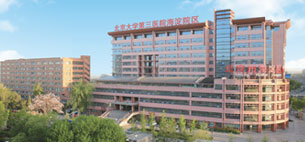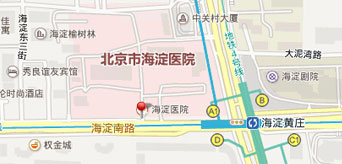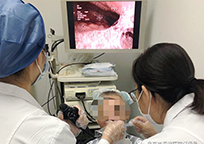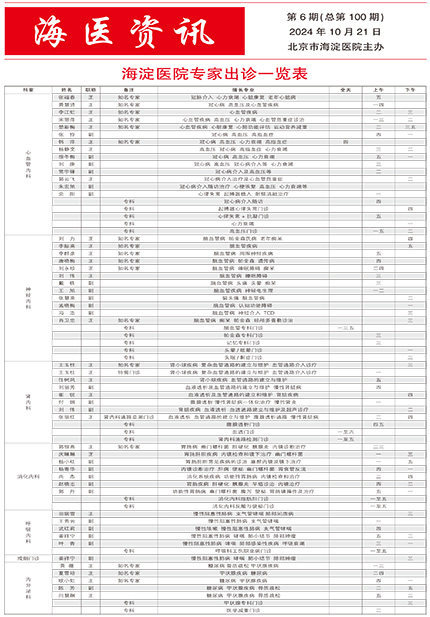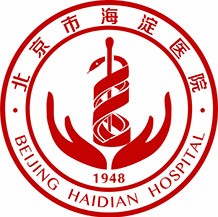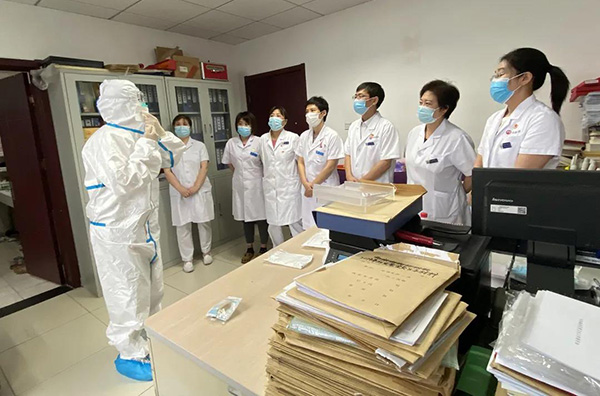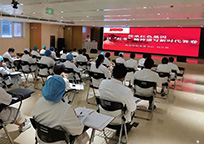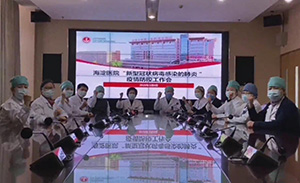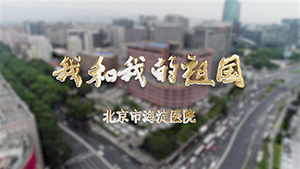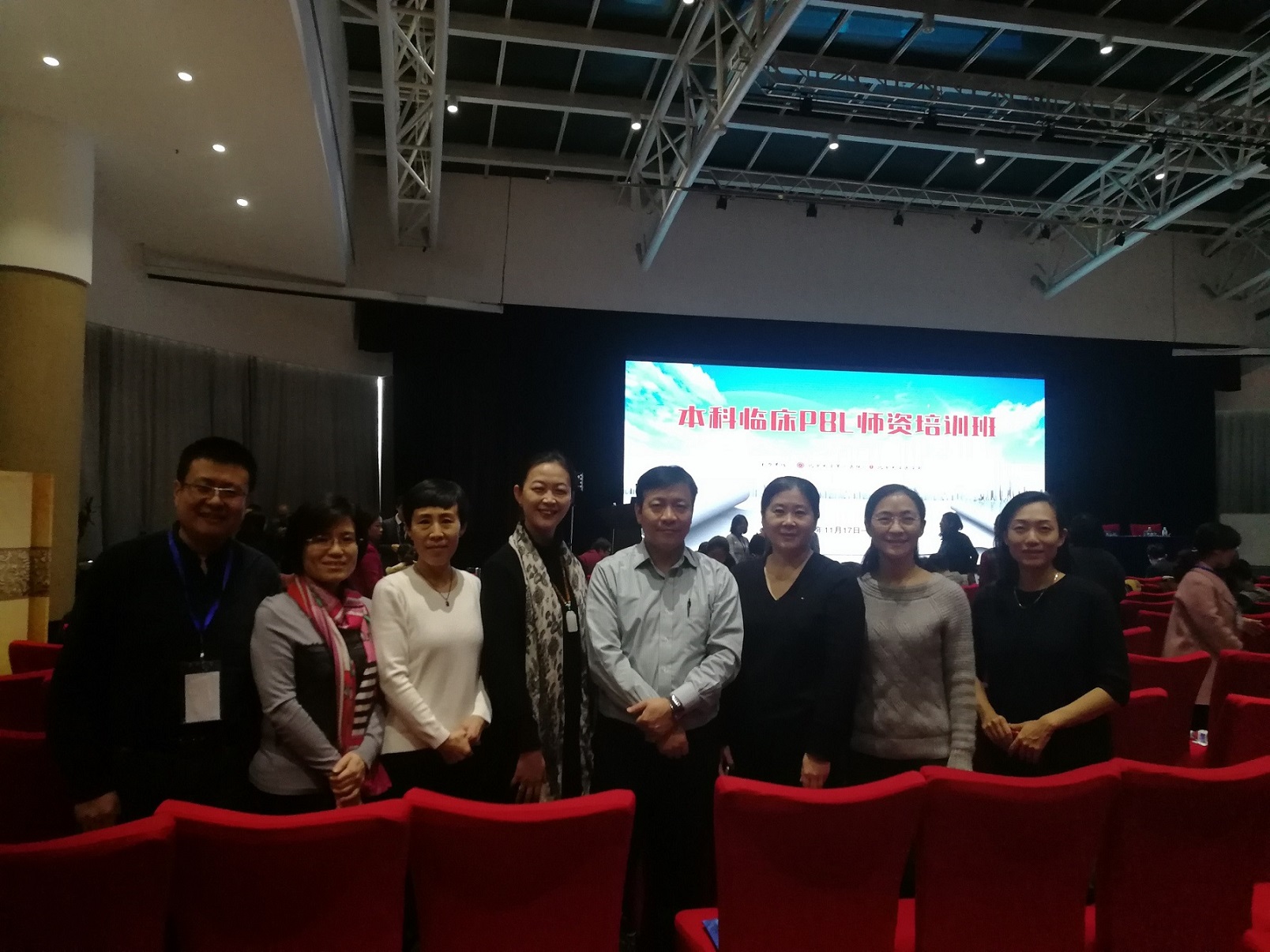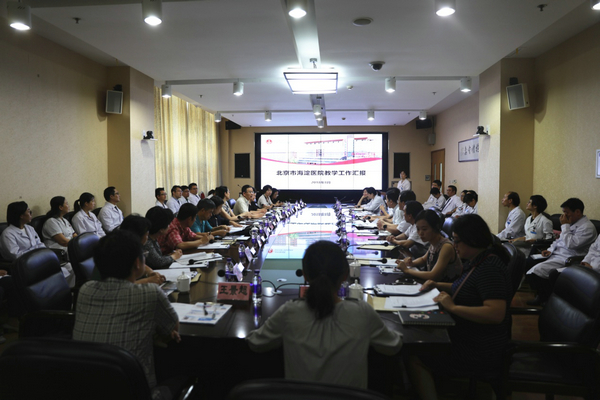胸外科住院须知
胸外科住院指导 英文版
Dear patients, their families, and friends!
First of all, welcome to the thoracic surgery Department of Beijing Haidian Hospital. Through this letter, We aim to provide you with guidance and suggestions during your stay in the hospital, so that you can have a better understanding of your condition, and recover more quickly.
I. Precautions for accompanying family members:
Families are encouraged to accompany patients during hospital stays to provide psychological and emotional support. However, please be aware of the hospital's policies and regulations and ensure your and the patient's safety and privacy
II. Communication:
We attach great importance to communication with patients and their families. If you have any questions about treatment options, medications, or other issues, please feel free to talk to your doctor or nurse. We will do our best to answer your questions and give you the necessary guidance.
III.Precautions for preoperative examination:
During your hospitalization, we will conduct necessary tests based on your condition to ensure an accurate diagnosis and develop the most suitable treatment plan. Please be patient and cooperate with our doctors and nurses, ensuring that all examinations are completed on time.
1. venous blood collection: For blood collection tests, please fast for 8 hours beforehand. During the fasting period, you may drink a small amount of water to moisten the puncture site for 5 minutes in order to prevent bleeding. Remember to keep the puncture point dry for 24 hours.
2. routine urine test: Collect a midstream urine sample for testing after discharging a small amount of urine first. Make sure to fill up the specimen container completely and avoid collecting samples during menstruation (for women).
3. stool specimens: Keep fresh natural feces without any contamination.
4. sputum test: The best time is in the morning after cleaning your mouth and teeth thoroughly. Cough deeply into the sputum box without mixing saliva or using toilet paper.
5. Before surgery, it is important to prepare adequately according to your condition by undergoing comprehensive examinations such as electrocardiogram, chest CT scan, various ultrasounds, lung function tests, etc. Some tests require appointments which will be arranged promptly by our staff.
6.Some specific preparations are required before certain preoperative tests such as abdominal color ultrasound, enhanced CT scan, nuclear magnetic resonance imaging (MRI), coronary CT scan etc., including fasting and signing consent forms by either patients or their family members.
IV. If you need surgery, you need to know the following related matters.
1. Comprehensive training of lung function: Comprehensive training of lung function can significantly improve lung function and respiratory muscle function, which is conducive to effectively discharging sputum, reducing wound pain, reducing the incidence of postoperative complications, accelerating rehabilitation, and shortening the length of hospital stay.
2. What preparations should be made before the operation?why?
① Skin preparation (prevention of wound infection), blood matching (in preparation for blood transfusion during and after surgery), skin test (choose suitable anti-inflammatory drugs to avoid drug allergic drug reactions), late preoperative enema (avoid postoperative abdominal distension)
② Food and water fasting: the night before surgery, patients with non-gastrointestinal surgery began to fast at 00:00,4:00 water ban, gastrointestinal surgery patients decided to fasting water ban time.
③ Sleep: sedative drugs such as stability can be used late before surgery to ensure adequate sleep.
④ Psychological preparation: we will try our best to create a safe medical and nursing environment for you and timely provide you with what you need, please rest assured.
⑤ Health education: We will explain the postoperative precautions for you and your family in all aspects. Through written education materials and TV promotional videos, you can also scan the QR code of the department to view the perioperative management.
V. Relevant Notes on the day of the operation
1. Personal preparation: Please brush your teeth in the morning, change the cleaning gown and wear it close to your body, remove the accessories, remove the dentures. If it is easy to lose teeth, please inform the nurse to remind the anesthesiologist.
2. Venous passage: it can correct the loss of preoperative fluid, maintain effective circulating blood volume, reduce the occurrence of postoperative complications, and improve the prognosis of patients; indwelling catheter: prevent urine retention and incontinence during and after surgery.
3. Enter the operating room: the operating room staff will check with the nurses in the department and connect you to the operating room.
4. General anesthesia: Before the anesthesia begins, the anesthesiologist will give you oxygen through the mask, and please breathe evenly. At the same time, the anesthesiologist will inject you with anesthetic drugs through the vein, and then you will go to sleep.
5. Out of the operating room: After the operation, you will be observed in the anesthesia recovery room, and the staff will send you back to the ward after the condition is stable.
6. At 6 hours after surgery:
① Position: Keep in the supine position. If you have sputum discharge, nausea or vomiting, please turn your head to one side to avoid aspiration. Recumbent position at the same time the body activities, stable condition can gradually shake the head of the bed, after 6 hours, the head of the bed can be raised as a sitting position.
② Diet: fast water within 6 hours of water, 6 hours later can drink the right amount of warm water, no choking and vomiting and other discomfort, can eat easy to digest food, such as egg white soup, high protein porridge, etc.
VI. Precautions for postoperative recovery:
Post-operative recovery is crucial for either surgery or other treatments. Please follow the following instructions from doctors and nurses and inform the medical staff immediately if you have any discomfort or questions.
1. Comprehensive training of pulmonary function: it is the key to postoperative recovery. On the basis of preoperative comprehensive training of pulmonary function, sputum position is added, and gravity is used to introduce the sputum position to reduce the incidence of postoperative complications.
2, body position sputum discharge method: the patient stands beside the bed, lying on the bed, head low hip high or side of the bed, press the wound, the nurse taps the back, the palm flexion into a cup, avoid the spine, from the bottom to top, from outside the inside, evenly tapping, to 10-15 minutes is appropriate.
3. Timing of sputum discharge in body position: it is recommended that you discharge sputum in body position after atomization. At this time, the sputum is relatively diluted and loose, which is easy to cough up. Should not be done after a full meal, it is recommended that you do it 1 hour after the meal. If you feel unwell in the process of sputum discharge, you can stop sputum discharge and inform the nurse.
4, postoperative activity principle: a small number of times, according to your ability
① Ankle pump movement: after surgery, due to long time sitting, lower limb blood circulation slows down, through ankle movement, promote lower limb blood circulation and lymphatic reflux, and prevent lower limb venous thrombosis.
Methods: The patient can lie or sit on the bed, lower limbs extension, slowly raise the toes, try to make the toes towards themselves, to the maximum of 5-10 seconds, and then the toe slowly down, to the maximum of 10 seconds, and then relax, such a set of movements to complete. After a little rest, the next group of movements can be performed again, with repeated flexion and extension of the ankle joint.
② Why do patients want to get out of bed early activities?
Early postoperative activity can promote the recovery of the whole body function. If promote breathing deepening, it is conducive to lung expansion and secretion discharge, prevent pulmonary complications; promote blood circulation, facilitate wound healing, prevent deep vein thrombosis; promote intestinal peristalsis, prevent abdominal distension and constipation; promote the recovery of urination function and prevent urinary retention, etc.
③ Why should the affected limb function be trained after surgery?
After chest trauma, esophageal and lung surgery, patients dare not take deep breath and cough due to fear of pain, let alone early movement, arm and shoulder joint movement is limited, which is easy to lead to the useless change of the affected limb and shoulder joint movement disorder, and even many long-term complications such as periarthritis of shoulder. Early rehabilitation exercise is very important. After the operation, the healthy side can gradually assist the affected side of the body or climb the wall.
VII, postoperative diet related precautions
Reasonable diet can supplement energy, improve the body resistance. After the operation, according to the operation situation, the nurse will guide them to eat non-fat or low-fat, high-protein food, such as lean meat, eggs, fresh fruits, vegetables, etc., so as to facilitate postoperative rehabilitation and wound healing.
1, fat-free diet: generally need 3 weeks, the diet production method should be steamed, boiled, stew, strict oil-free diet.5% fat content
2. What are the types of low-fat and high-protein foods?
① Meat: boiled beef, sauce beef, lean mutton, peeled chicken and duck meat.
② Fish and other seafood: steamed carp, sturgeon, flatfish, clam meat, crab meat, boiled shrimp.
③ Dairy products: skim milk, yogurt.
④ Protein powder: the fat content is less than 5%.
⑤ Soybean products: tofu, soybean milk, tofu skin (no oil).
⑥ Eggs: all kinds of egg white (fasting egg yolk).
3. What foods are prohibited after lymph node dissection?
① Fried food and high oil content of food: fried dough sticks, pancakes, fried meat, braised eggplant, etc
② All kinds of animal cooking soup: ribs soup, chicken soup, fish soup, etc.
③ All kinds of fillings: dumplings, steamed stuffed buns, pies, etc.
④ A variety of production process using a lot of oil food: Chinese and Western dim sum, etc.
VIII. Postoperative pain related precautions:
The main causes are pain in the wound and the stimulation of the parietal pleura or intercostal nerve by the drainage tube. The main areas of pain include the wound, the surgical shoulder and the pleural wall in the front and lower part of the wound. Postoperative pain control was performed without compromising rest, cough, and activity. We have multiple pain-relieving ways to relieve your pain.
1. The anesthesiologist will provide intravenous pain relief pump according to the patient's condition and will. When the pump may have adverse reactions, such as dizziness, nausea, vomiting, loss of appetite, etc. If adverse reactions affect the recovery, it should be stopped in time.
2. The doctor will give intravenous injection, intramuscular injection and oral analgesia according to the pain situation. Mild pain will not affect your postoperative activities, respiratory function exercise and sleepers, without special treatment. If the pain seriously affects your postoperative activities, breathing exercise and sleepers, please inform the nurse or doctor and give intervention measures.
3, Physical pain relief: the body should tilt to the healthy side, raise the shoulder of the affected side, widen the intercostal space, can reduce the pain.
IX. Notes during the detention of chest closed drainage tube:
1, Chest closed drainage tube should pay attention to avoid discount, pulling, prolapse. Especially when turning over and getting out of bed.
2. If the closed chest drain tube is removed, the closed chest drain tube should be immediately folded and pinched immediately, and the medical staff should be immediately notified to deal with it.
3. Cough should press the incision to reduce the incision tension, reduce pain and reduce the occurrence of subcutaneous emphysema.
4. Extubation indication: the lung inflation is good. Then the doctor pulls out the chest drainage tube according to the color, character, drainage rate and air leakage.
5. Wound care: usually change the wound dressing once 3-5 days after the operation. Please inform the nurse or doctor in time when the wound leaks out, and change the dressing.
Finally, we hope that you can actively participate in the treatment process and keep an optimistic attitude. In the Department of Thoracic Surgery of Haidian Hospital, we are committed to providing the best quality medical services for every patient and helping you recover soon. Contact us whenever you need it. Doctor's office: (010) 82693152, (010) 82693155; Nurse station: (010) 62645955
Wish you a speedy recovery!
Thoracic Surgery Department, Beijing Haidian Hospital
Date: Update on 06, November 2023

